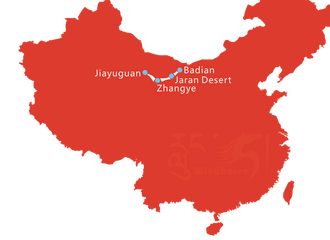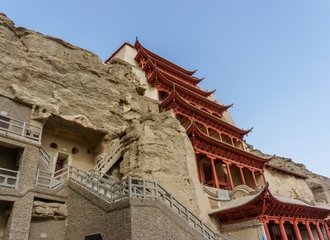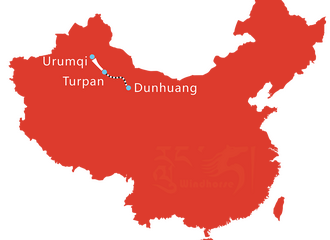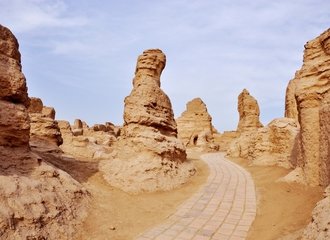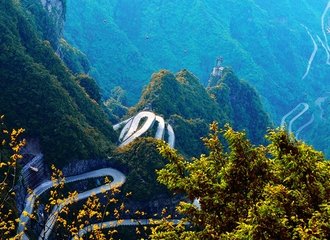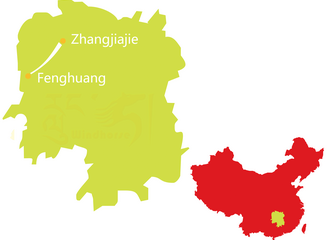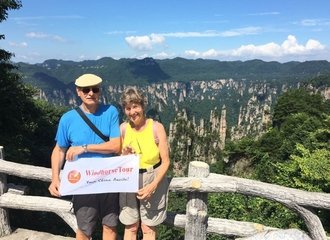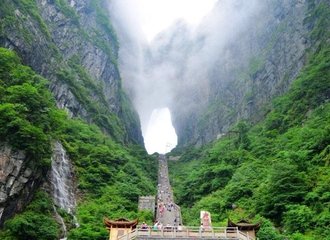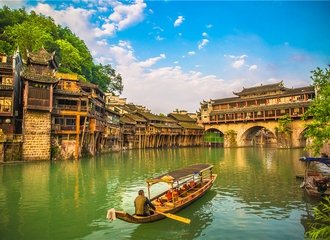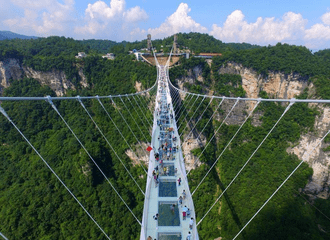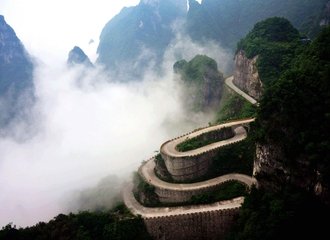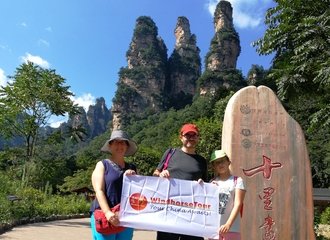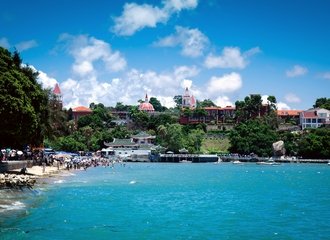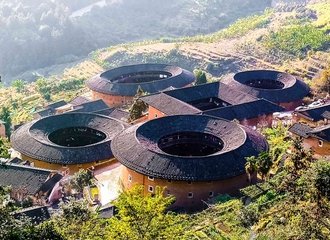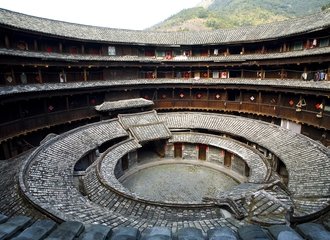Qingyang Palace - Chengdu
Qingyang Palace

If Wenshu Monastery is Chengdu's foremost treasure house of Buddhist culture, then Qingyang Palace is its Taoist counterpart. With its distinct Taoist atmosphere, Qingyang Palace (or Temple) has become the first choice of many tourists to Sichuan for appreciating the singularities of Taoist architecture and thought.
Qingyang Palace was built in the Tang Dynasty (618-907), a time of flourishing Taoist influence. Later, after the palace had fallen into disrepair, much of the complex, including Sanqing Hall, Doulao Hall, Hunyuan Palace, the Eight Trigrams Pavilion, and Wuji Palace, were restored in Qing Dynasty (1644-1911) using Qing architectural influences, resulting in a blended mix of styles throughout the palace complex.
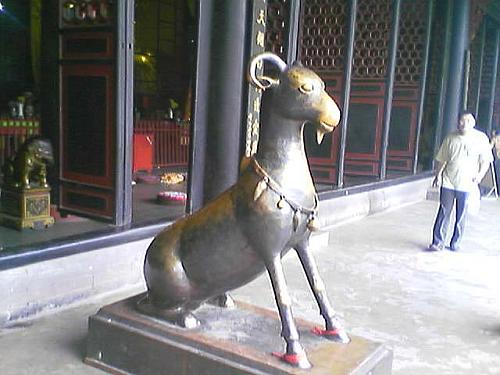
On top of the noteworthy architecture, you can also find many important Taoist cultural relics on display, such as the wooden engraving of the Dao Zang Ji Yao (Abstract of Collected Taoist Scriptures) and the stone sculpture of Patriarch Lu Dongbin, who was one of the Taoist Immortals in Chinese history.
Located in the northwest section of Chengdu, today tourists come to Qingyang Temple not only for the Taoist architecture and the rare Taoist cultural relics, but also for a quiet place to relax. The Qingyang Temple complex is a popular spot for locals looking to drink tea, play mahjong, or just chat casually and enjoy the weather.


